In recent years, the brown-throated sloth (Bradypus variegatus) has seemingly exploded in popularity. It has become a mascot for people that admire or emulate its laid-back, solitary, inactive lifestyle. In addition to that, it’s also unquestionably adorable. This popularity, no doubt accelerated by the internet, movies, and TV shows, has generated a glut of sloth themed merchandise.
Emperor Penguin, adult and chick (AAA)
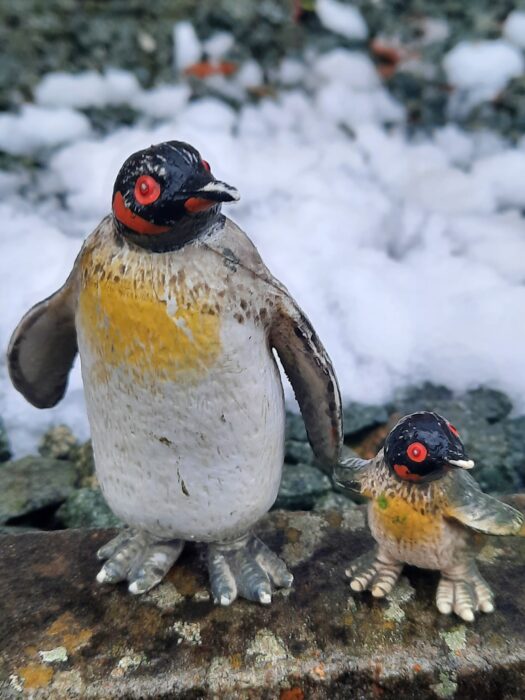
Welcome, once again, to my “Winter Wonderland” series! We started in the great white north, now we shall go to the frozen south of the world: Antarctica, responsible for such icy greats as the Ice Age. It is also an area where terrestrial mammals aren’t present, thus the major terrestrial animals are penguins, having adapted to the cold climate over millions of years.
Yellow Tang (Enoshima Aquarium Series 1 by Kaiyodo)
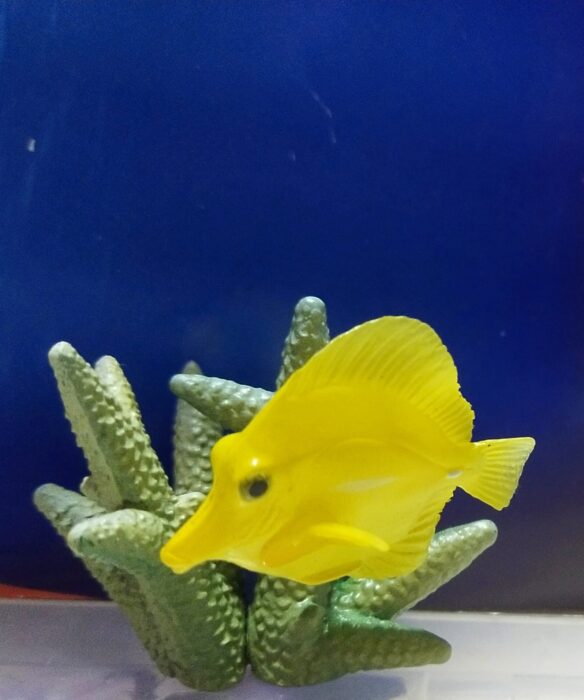
Review and images by JimoAi; edited by bmathison1972
The Zebrasoma tangs are a genus of surgeonfish known for their fins that erect like a sail, a spine at the end of the tail for defense like all other surgeonfishes, and features that make them similar to some butterflyfish species such as a disk shaped body and their long snout.
Sunda Slow Loris (Miniatureplanet Vol. 19 by Eikoh)
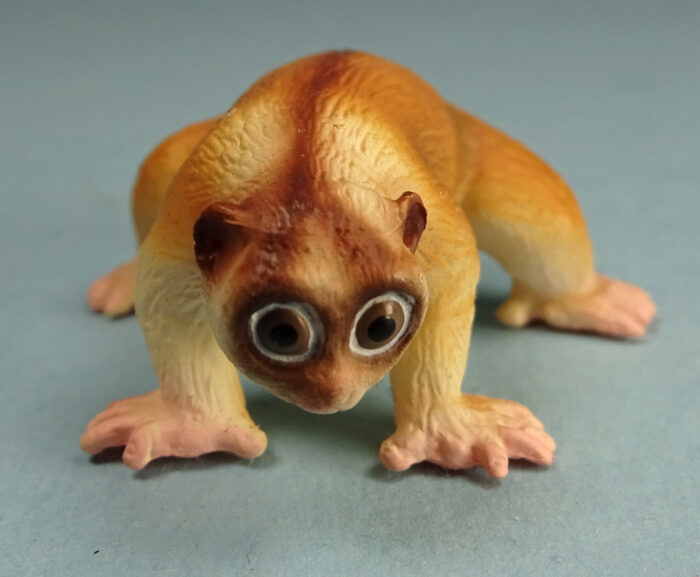
Review and images by stemturtle; edited by bmathison1972
The Sunda slow loris, Nycticebus coucang, was released in 2020 by Eikoh, Miniatureplanet, Vol. 19. This strepsirrhine or prosimian occurs in, Malaysia, Thailand, Singapore, and Indonesia (Borneo, Java, Sulawesi, Sumatra). It probably shares a distant ancestor with the African potto.
Long-spined Porcupinefish (Enoshima Aquarium Series 1 by Kaiyodo)
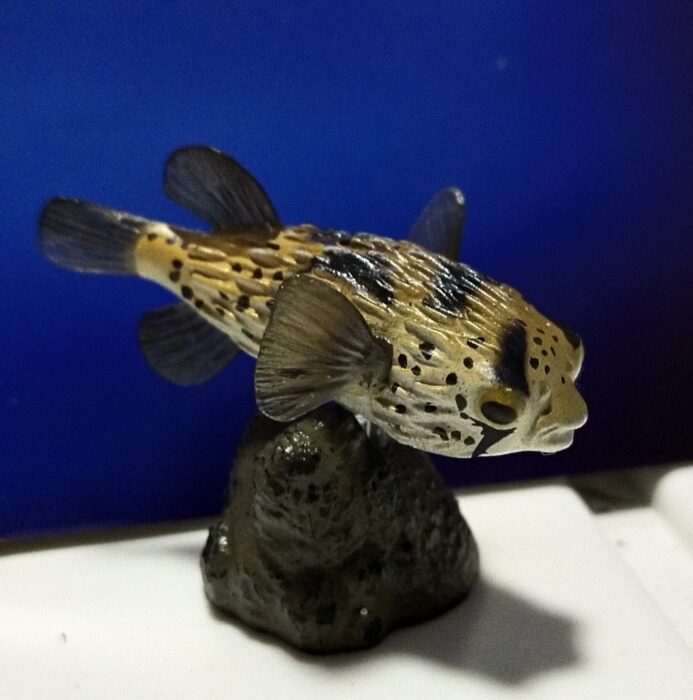
Review and images by JimoAi; edited by bmathison1972
Pufferfish and their close cousins, the porcupinefish, have a particular defense mechanism of swallowing water and thanks to their expandable stomach, it makes them look bigger, rounder and less appetizing for potential predators (One example in popular media is Mrs Puff puffing up when Spongebob fails his driving test for the X amount of times and going ‘Oh, Spongebob.
Gray Wolf Howling (Large) and Brown Wolf Cub (AAA)
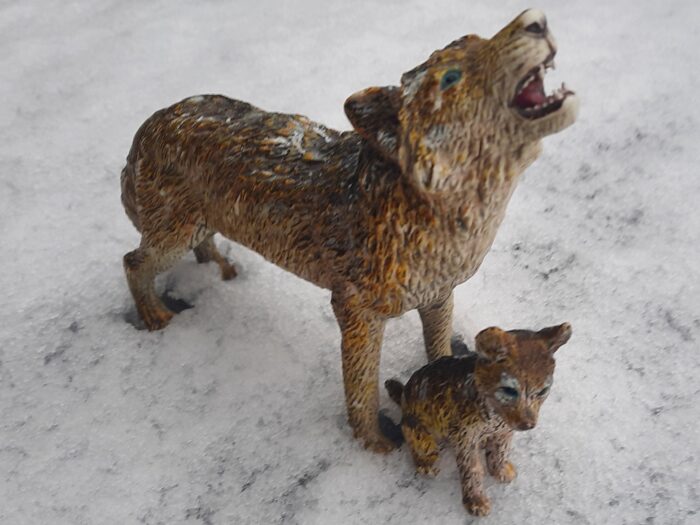
With Christmas over but winter still here, I wanted to highlight and celebrate this season, starting several reviews on a “Winter Wonderland” series! Each are animals adapted for the ice and snow of the world’s coldest environments, captured in the snow that has recently fallen for my area. We start with some large hunters of the snow, the gray wolf (Canis lupus).
Emperor Dragonfly (Wild Animals by Papo)

Today I am continuing the 2020 Papo arthropods with the emperor dragonfly, Anax imperator, a species distributed throughout much of Europe, Africa, the Middle East, and west-central Asia. Anax imperator belongs to the family Aeshnidae, which includes the green darner (A. junius), which is common here in North America and is the more-commonly made species of the two.
Killer Whale (Sealife by Mojö Fun)

Review and images by callmejoe3; edited by bmathison1972
This blog managed to cover a wide variety of cetaceans before getting to today’s species, the killer whale (Orcinus orca). The public perception of killer whales has a rather dramatic history compared to most cetaceans. While revered by Indigenous cultures in North America, Europeans viewed killer whales as a malevolent nuisance and threat.
Reindeer (Wild Life by Schleich)

Review and images by suspsy; edited by bmathison1972
The holiday season is upon us once again after what has been a truly difficult and tragic year for everyone on planet Earth. And there are still more hardships lying ahead of us in 2021. We must all stay safe, strong, calm, well-informed, and above all, hopeful.
Ocellaris Clownfish (ANIA by Takara Tomy A.R.T.S.)

Review and images by JimoAi; edited by bmathison1972
Sea anemones paralyze their prey with their stinging tentacles with the aid of little harpoons. However, there are a few animals that use these stinging tentacles to their advantage, mainly to seek refuge from predators. But the most famous of these animals to take advantage of these stinging tentacles: the anemonefish.
Reindeer (Early Learning Centre)
Oceanic Whitetip Shark (Wild Safari Sealife by Safari Ltd.)

Review and images by JimoAi; edited by bmathison1972
When it comes to dangerous sharks to humans, most people will always think about the great white, the tiger, or the bull shark. However, there is a runner up for the most dangerous shark that not many people have heard of, and it’s the oceanic whitetip shark (Carcharhinus longimanus).





